The Decline of Leather Tanning: Does Tanning Have a Future?
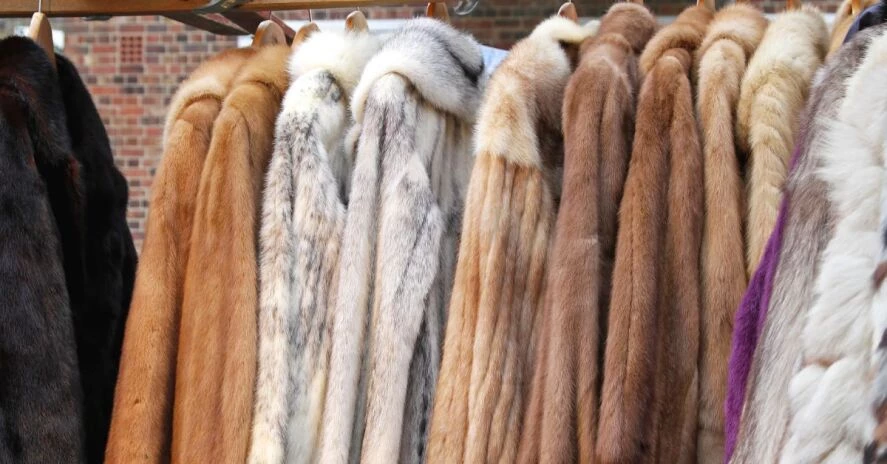
A hundred years ago, leather and fur were natural parts of clothing, and very high in demand. But in the last three decades, the leather industry has been going through a rough patch. How have the Czech leatherworking industry and related crafts developed since the 1990s? And is it true that the craft is mostly a dying hobby of a handful of old-timers?
Contents
From Limelight to Free Fall
In our previous article on the history of leather products, we dealt with the development of leather-working crafts all the way up to the 1990s. With the fall of the Soviet regime, this traditional craft began to decline.
The shut-down of the renowned leather-working enterprises, such as Kara (fur production) or Kozak (leather products), was a harbinger of decline.
These brands were unable to adjust to the new market conditions and the loss of Eastern markets. Some of them did not shut down permanently - for example, Kara split into several smaller businesses which were sold to private owners, and managed to retain at least a small fraction of its former reputation. Other businesses were not so lucky and fell into oblivion.
DID YOU KNOW... back in the first half of the 20th century, nearly everyone used leather or fur products on a regular basis. Mink coats, arctic fox fur, or nutria fur were popular materials. They might have appeared on sportswear as well, for example, at the collar.
Despite this, almost all leather tanneries were struggling at that time. The following years did not bring any change for the better, and gradually, most countries in Europe were facing the same trend. However, interest in leather and fur products did not fade all of a sudden.
In 2011, fur was still featured in the catwalk shows of almost all fashion houses: it was featured in the collections of Lanvin or Saint Laurent. Six years later, however, it was clear that the world's fashion brands were turning away from fur products, or abandoning them altogether.
DID YOU KNOW... fur continues to be an important raw material for people living in the North? This is because of the arctic climate in those regions and the advantages of clothing made of fur: durability and good insulation in extremely cold weather.
Animal-Welfare Activists Played a Role…
But they were not the only reason for the downfall of leatherworking industry. The most common argument against using fur is the unnecessary suffering and death of animals. However, there are other reasons that have contributed to the long-term decline:
- The growing popularity of non-leather materials. Especially younger generations are increasingly choosing products made of artificial leather. On top of being sustainable, artificial leather is also much cheaper and easier to clean and maintain compared to genuine leather.
- Fast-changing fashion trends In the past, leather and fur used to be a sign of luxury. Not only did it make your outfit very fashionable, it was also very durable when maintained. Today, however, fashion trends are changing at a staggering pace, and less and less people incline towards “slow fashion” (a trend focusing on mindful consumption, more sustainable clothing options, repairing of older pieces of clothes, etc.).
- Animal welfare as a major concern. Animal welfare activists, but also vegans or supporters of vegan leather, often point out that animals are kept in appalling conditions: they live in small cages and are often skinned alive. The issue resonates particularly with younger generations.
- Changes to existing legislation. Because of the widespread concerns, there have also been changes to legislation. In recent years, many countries - for example, the UK, Austria, Belgium and the Czech Republic - have banned or restricted fur farming.
Traditional Crafts Today Rely on the Enthusiasm of a Few Individuals
The unfortunate developments in previous decades and the circumstances outlined above have contributed to the decline of traditional crafts. Leather tanners and leatherworkers admit that the leatherworking industry is dead. Those still active in the trade admit that they have been introduced to it usually by an older family member, but there is no wider community and infrastructure to fall back on.
There is a shortage of skilled craftsmen knowledgeable about leather working techniques. In addition, leather production has moved to the East in recent years, for example to Romania or Vietnam and other parts of Asia.
However, even today, dedicated craftsmen still exist who keep the craft alive. They are trying to restore the leather craft to its former glory by making various leather products using traditional techniques.
DID YOU KNOW... even today, there are many Leather Workshops and Leather craft courses to choose from? For those who want to learn how to make handmade leather products, there are still many opportunities!
Leather Products Are Not Dead
Despite the decline we mentioned, leather products still have their place in today's society. Leather handbags (and leather wallets) are still popular among women today.
Fans of history and traditional crafts are another important group that keeps the trade alive. Leather products are not only durable and luxurious - they also bring history back to life. After all, it is a raw material that has been by mankind used for thousands of years!
If you love historical items or costumes and want to feel like a Vikingwarrior or a Renaissance gentleman, you've come to the right place!
What are the must-have leather products?
- Handmade leather belts - an elegant accessory that will fine-tune your medieval outfit to perfection (on top of keeping your pants up).
- Leather purses - a purse with a few coins in it always comes in handy. You never know when you need a little cash! If you are feeling brave, why not try a leather pouch - Nothing will get you the attention of others better than coins jingling in your pouch! That was true in the past as well as it is today.
- Leather shoulder bags - a practical accessory inspired by the past. The main advantages? You'll impress with a unique style; you'll support traditional handicraft; and you'll never have to worry about small items rattling around in your pockets again.
And if you love the distinctive “leathery” smell, take a look at the other leather products in our selection, which are made in a sustainable way and with love for traditional craftsmanship!

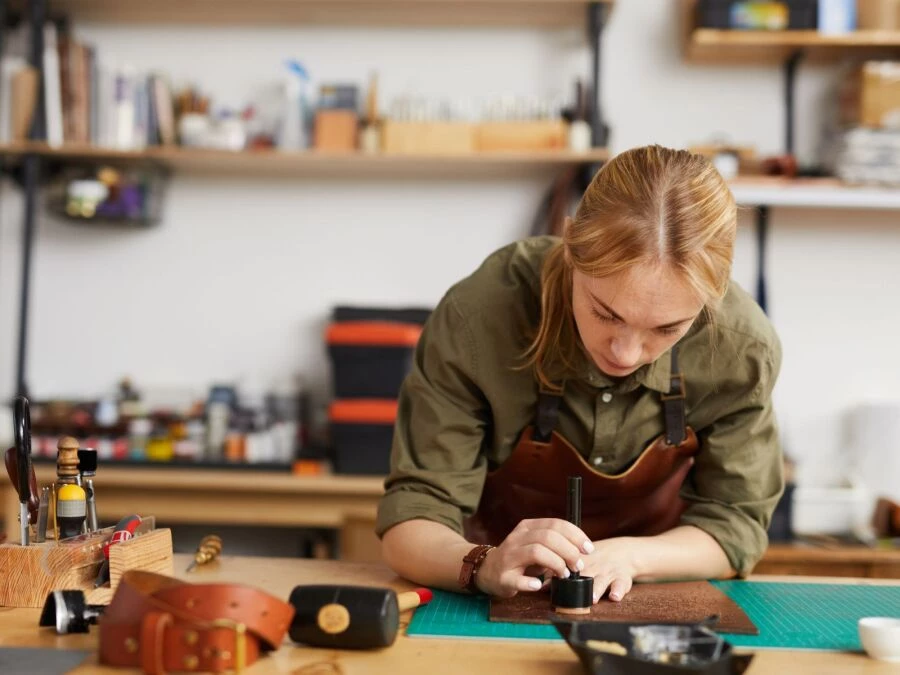
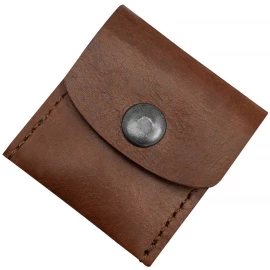
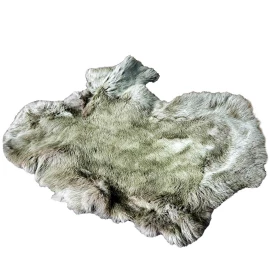
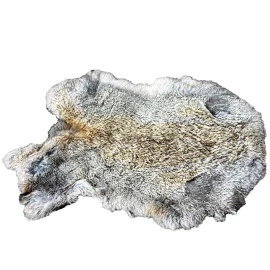
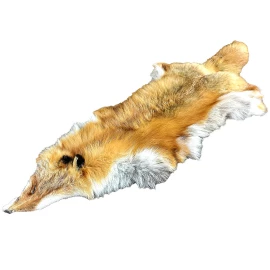
Comments